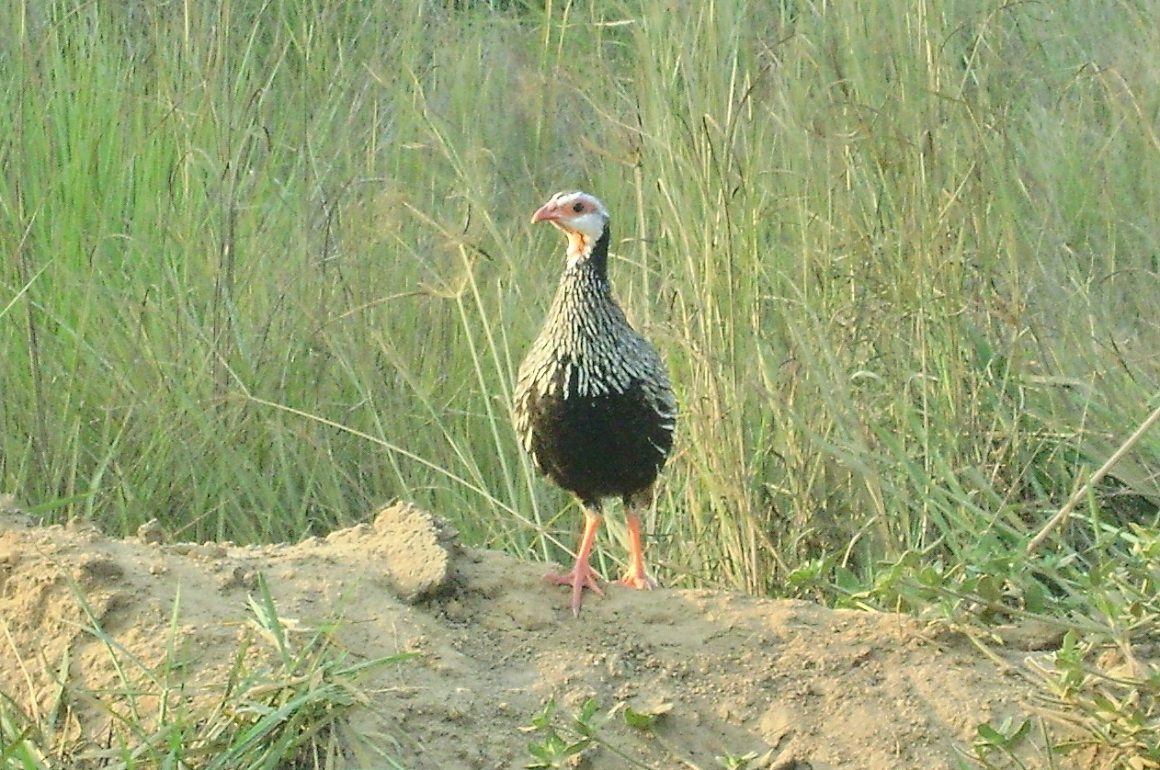
Just the other day we had an extensive lunch with my Mozambican in-laws. To make things even better, a family member I had not yet met (after close to four decades of marriage) joined us. The reminiscing started. My in-laws had stayed after independence – being more African than Portuguese to start with and not having any connection to metropole Portugal other than the language. They have many stories to tell.
Fortunately, these days I have my own Mozambique stories, so it is not just all about the colonial days, the joyful independence or the horrific civil war and the subsequent flight as refugees. Let me share one of my stories.
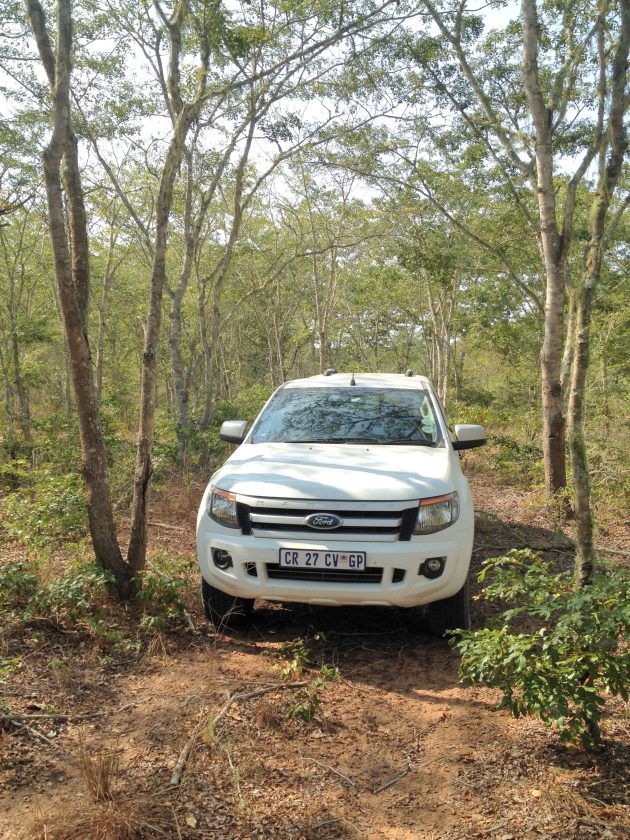
It took my wife 40 years to build up the nerve to go back and visit. And what better way to heal a deep-seated trauma than by going birding with your obsessive husband, a South African guide, and two photographers? Driving in from South Africa we moved north along the coast to see the Olive-headed Weaver at Panda, failed to see the Green Tinkerbird at Unguana and had stonking views of Bohm’s Bee-eaters at the Zambezi.
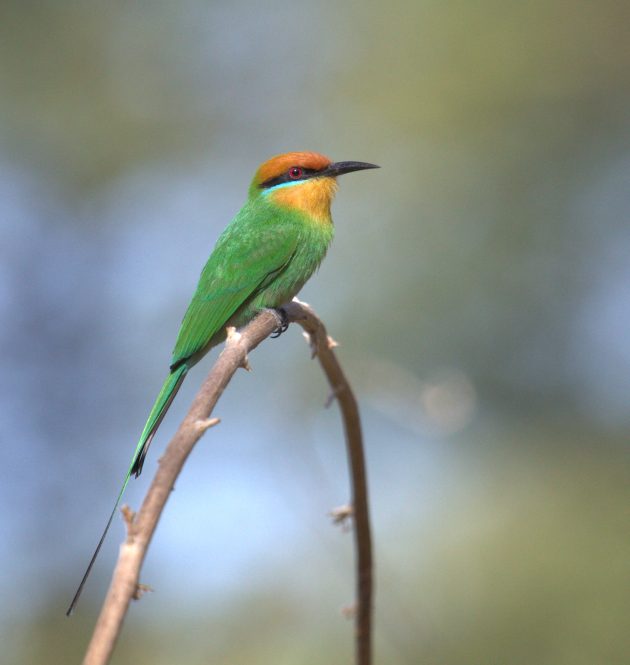
Our route took us on the eastern side of the Gorongosa National Park to the north and we drove down south on the western side. The route through the forests is magnificent. Logging has taken its toll and the southern parts of the forest have long gone, but further up in the hunting concessions (coutadas) there are trees, game and a lot of birds. We stayed at the Catapú logging concession and sawmill. The highlights were African Golden Oriole, Chestnut-fronted Helmet-Shrike, Grey-headed Parrot, Retz’s Helmet-Shrike, East Coast Akalat, Eastern Olive Sunbird, Collared Palm-Thrush and White-chested Alethe. Great food and lodgings too. Ironically, there is more pristine forest near the sawmill than elsewhere. Valuable resources do get better protection.
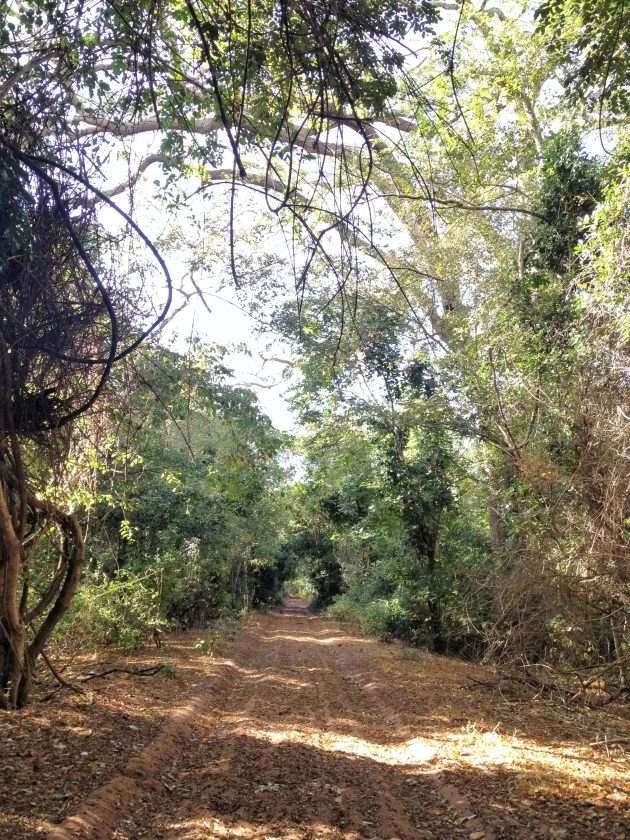
However, all this magnificence was just the warm-up. I wanted to see the Green-headed Oriole on Mount Gorongosa. Our tour guide had arranged access through a local South African farmer who had also provided a scruffy man as a local guide.
We got up two hours before sunrise, drove to the foot of the mountain and readied ourselves for the steep walk up. We were stopped by a friendly but firm gentleman. “You are not going up” was the long and short of his message. Nobody gets between me and a highly desirable bird so once we had buried his remains, we climbed up… Snapping out of my daydreaming, I stepped forward and asked the gentleman why we weren’t allowed up. Turned out the local Renamo commander had been replaced and the new one didn’t know about any of the arrangements made by the South Africans, so no, we were not allowed up. My next move was obvious: “Take me to your leader!”
We moved down the mountain and sat under a tree closer to the village. Soon the commander, his political aide (recognisable by his white shirt or so I imagined) and their own scruffy-looking man joined us. My wife decided this was the best moment to go and meet the villagers, so she just disappeared. My fellow birders were now in a state of total panic – not only didn’t they understand what was going on, but one of our party just walked out of sight… It would only get worse.
The commander asked what we were up to, so I explained the rarity of the bird, the fact that Mount Gorongosa is a “sky island” and this population of orioles is the only one south of the Zambezi. And although we may seem weird in pursuing such a prey there are many more like us. I told him he should charge the people coming here and guide them to the forest. “Charge? Like money?” Now both the commander and his political aide showed real interest, and I knew the bird was in my reach. “How much?” “Ten dollars per person”, was my answer. “So, you guys will pay 60 dollars?” “No, we will pay 10 dollars for the group because I gave you the idea”. This cheekiness was something the commander appreciated a lot; his scruffy man and our scruffy man went behind a tree and exchanged money and the deal was done. The commander’s demeanour became more relaxed, and he started asking me personal questions. “Why do you speak our language like we do (i.e. a Mozambican vocabulary)?” “Well, I said, you have met my wife, she’s Mozambican and if she yells at me, I want to understand her”. He laughed mightily at this feeble joke and answered, “Me too!” and leaned over the table for a massive bear hug. Now picture this. My fellow travellers had been denied access without understanding why, dragged down a hill to a village where one of us disappeared, witnessed a conversation in Portuguese that ended with two scruffy people going behind a tree, and a Dutchman and a Renamo commander laughing loudly and hugging. Bewildered does not cover their state of mind. I ended their ordeal with “Let’s go and see an oriole”.
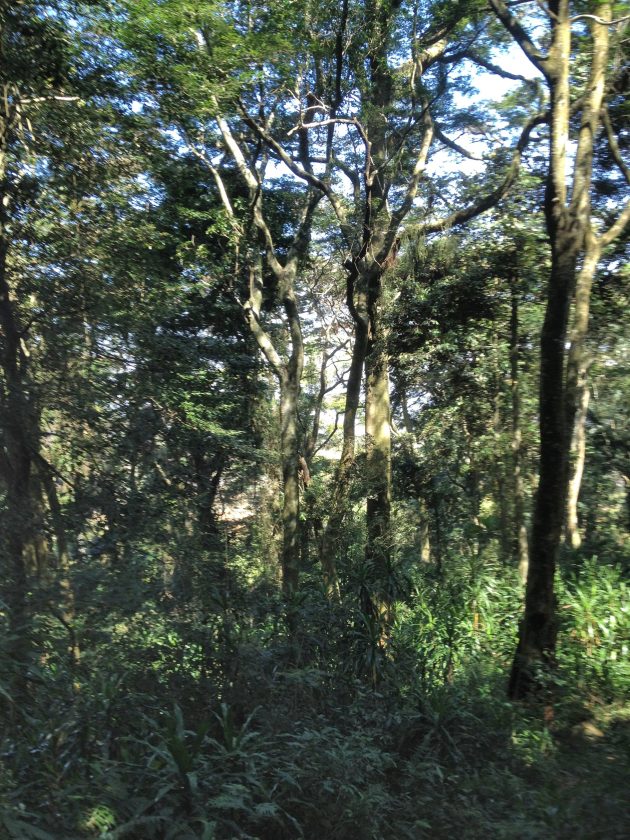
We picked up my wife who was surrounded by the village children. She had been busy grilling each and every one on their exam scores and pressing upon them the need for a good education. My own children would have recognised the sermon.
We walked up through the newly planted coffee mashambas and the shade trees (a project to protect the mountain’s vegetation), reached the forest proper, and heard Green-headed Orioles all around us. It was good. No, it was fabulous.
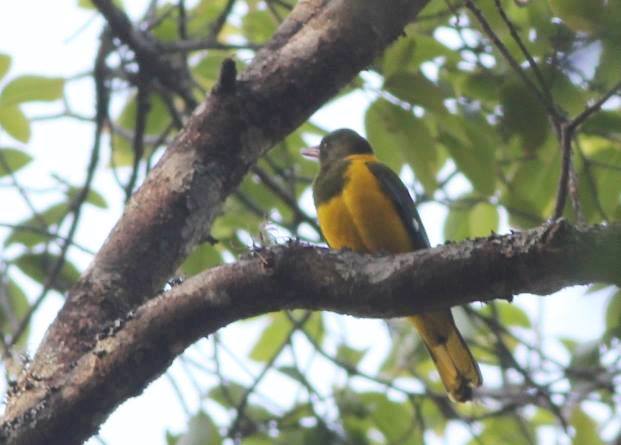


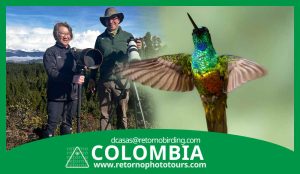




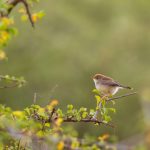
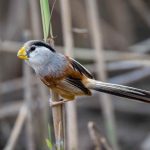


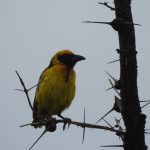
That’s such an amazing story! Things can go south rather quickly with “local commanders”, and the way this was resolved was heart-warming. Cheers! And congratulations to the oriole.
Amazing history
Again, a wonderful story of a true bird addict! Thank you for sharing!